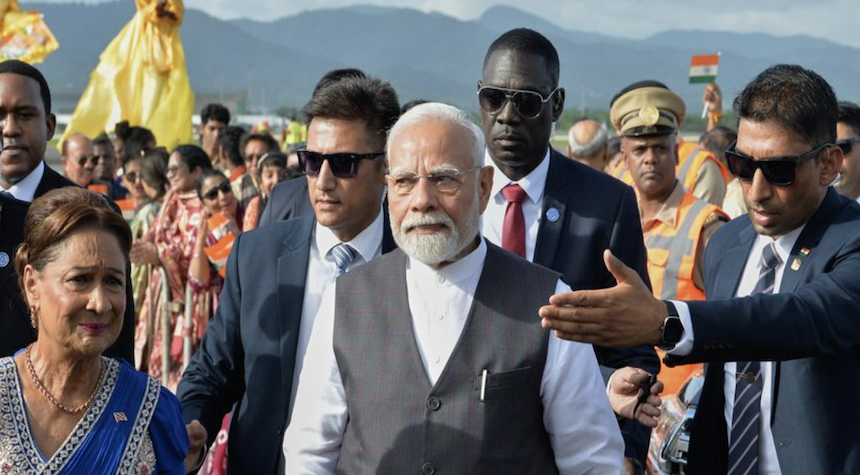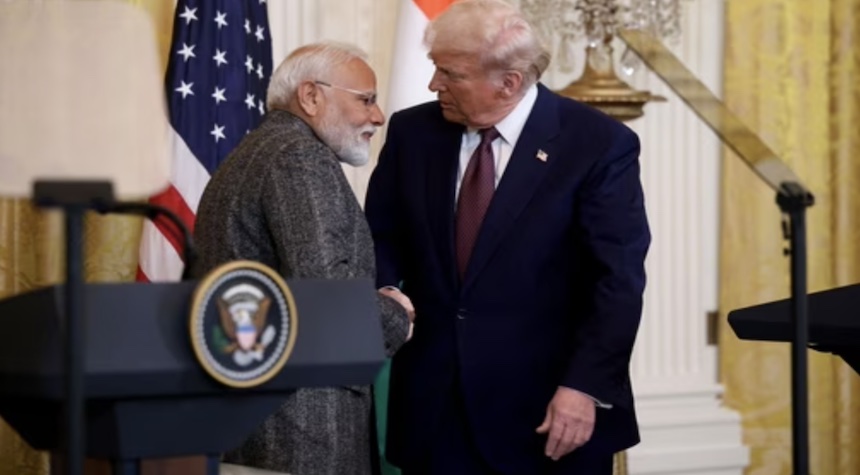President Donald Trump has announced plans to impose significant tariffs on goods imported from India, citing concerns over trade imbalances and India’s economic ties with Russia.
The President intends to implement a 25% tariff on Indian imports, with an additional penalty related to India’s purchase of Russian oil. Trump, speaking through his social media platform, acknowledged India as a “friend” but criticized what he termed “far too high” tariffs on American goods entering India.
According to reliable sources, the new tariffs are set to take effect this Friday, as part of a broader revision of the administration’s trade policies with multiple nations. The Census Bureau reports a $45.8 billion trade deficit in goods with India for the previous year, a figure that appears to have influenced the President’s decision.

India, now the world’s most populous country with over 1.4 billion citizens, maintains close relations with Russia and has not supported Western sanctions against Moscow regarding the conflict in Ukraine. This stance has factored into the administration’s calculus.
This move raises important questions about the delicate balance of international trade and geopolitical alliances. The President’s assertion that India’s oil purchases from Russia have “enabled” the war in Ukraine introduces a complex dimension to what might otherwise be seen as a purely economic decision.
Proponents of the tariffs may point to the need for trade balance and strategic alignment, while critics might express concern over potential damage to U.S.-India relations and the impact on global trade.

The significance of this development should not be overlooked, particularly in light of recent discussions between President Trump and Indian Prime Minister Narendra Modi regarding potential increases in India’s purchases of American oil and natural gas.
The full impact of these tariffs on both economies, as well as on the broader geopolitical landscape, remains to be seen.


